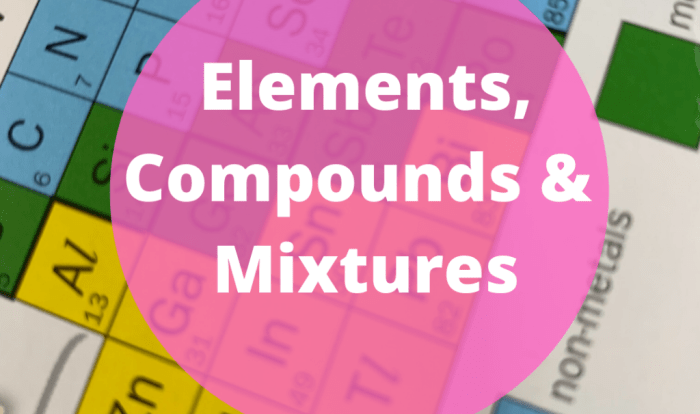Embark on an atomic adventure with our comprehensive Structure of the Atom Worksheet Answer Key. Dive into the fundamental building blocks of the universe, unraveling the mysteries of electrons, protons, and neutrons. Prepare to be captivated as we delve into the fascinating realm of atomic structure, deciphering the secrets that govern the behavior of matter.
Within these pages, you’ll discover the intricate dance of subatomic particles, unraveling the principles that shape the periodic table. Witness the interplay of energy levels and electron configurations, gaining insights into the chemical properties that define each element.
Structure of the Atom: Structure Of The Atom Worksheet Answer Key

An atom is the basic unit of matter and the building block of all elements. It consists of a dense central core called the nucleus, surrounded by a cloud of electrons.
Nucleus
The nucleus is the core of the atom, containing protons and neutrons. Protons are positively charged particles, while neutrons have no charge. The number of protons in the nucleus determines the atomic number of the element, which identifies the element.
Electrons
Electrons are negatively charged particles that orbit the nucleus in specific energy levels. The energy levels are arranged in shells, with each shell having a maximum number of electrons it can hold. Electrons in the outermost shell determine the chemical properties of the element.
Energy Levels
Electrons occupy specific energy levels based on their energy. The lowest energy level is closest to the nucleus, followed by higher energy levels farther away. Electrons can transition between energy levels by absorbing or releasing energy.
Electron Configuration
Electron configuration describes the distribution of electrons in the energy levels of an atom. It determines the chemical properties of an element.
Aufbau Principle
The Aufbau principle states that electrons fill the lowest energy levels first. Electrons are added to each energy level in order of increasing energy, starting with the 1s orbital.
Hund’s Rule
Hund’s rule states that electrons in the same energy level occupy separate orbitals with parallel spins before pairing up. This maximizes the total spin of the atom.
Electron Configuration Examples
- Hydrogen (1s 1)
- Helium (1s 2)
- Lithium (1s 22s 1)
- Carbon (1s 22s 22p 2)
Periodic Trends
Periodic trends are the systematic changes in the properties of elements as their atomic number increases. These trends can be observed in various properties, such as atomic radius, ionization energy, and electronegativity.
Atomic Radius
Atomic radius generally decreases across a period from left to right due to the increase in effective nuclear charge. Down a group, atomic radius increases due to the addition of new energy levels.
Ionization Energy
Ionization energy, the energy required to remove an electron from an atom, generally increases across a period from left to right. Down a group, ionization energy decreases due to the increase in atomic radius.
Electronegativity, Structure of the atom worksheet answer key
Electronegativity, the ability of an atom to attract electrons, generally increases across a period from left to right and decreases down a group.
Answers to Common Questions
What are the main components of an atom?
An atom consists of a nucleus, which contains protons and neutrons, and electrons that orbit the nucleus.
How does electron configuration influence chemical properties?
Electron configuration determines the number of valence electrons, which play a crucial role in forming chemical bonds and dictating the reactivity of an element.
What is the significance of periodic trends?
Periodic trends allow us to predict the properties of elements based on their position on the periodic table, providing valuable insights into their behavior and reactivity.
